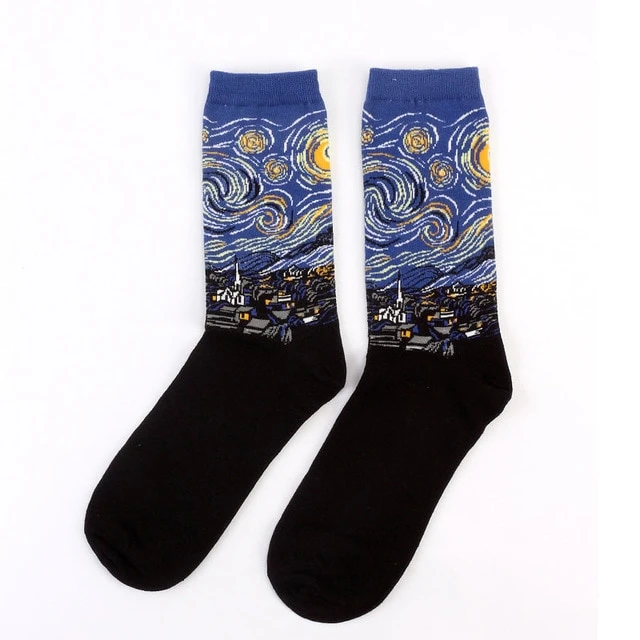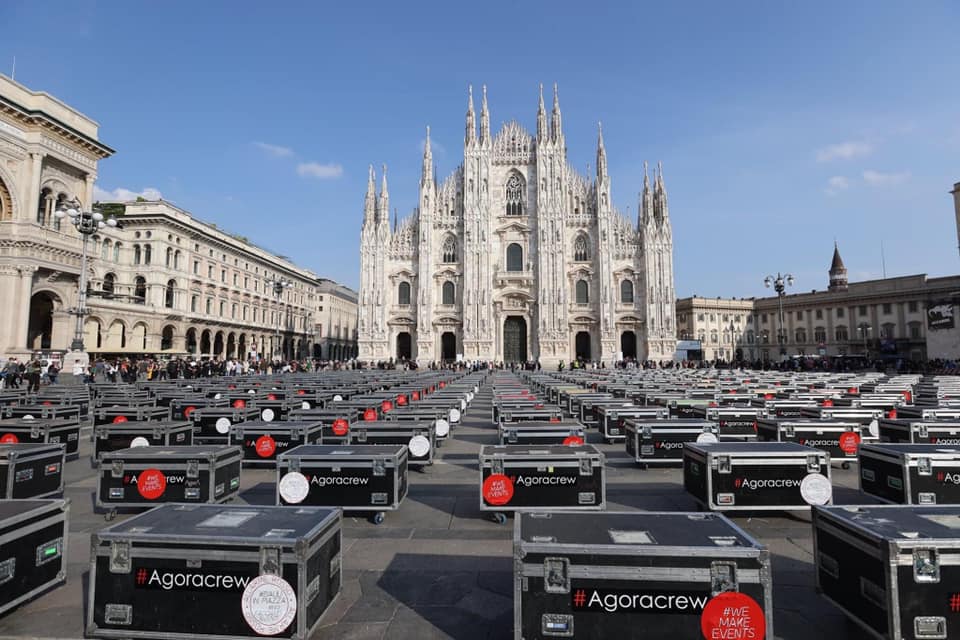Troubling myself comfortably
“Art is made to disrupt, science to reassure” (Georges Braque)
Lately, we noticed many exponents of the artistry art industry starting to protest against government measures and to recall the public to a new art after a long moment of total closure.
We have always been art lovers in all its shades, willing to work in this field in our next future, moved by these facts, we couldn’t stay inactive. Many questions arose – on the real meaning of being an artist in this particular historical time – and looking for answers, we decided to engage with some friends who belong to this field thanks to their occupations or passions. We turned to writers, art directors, actors of small theaters, to “Teatro delle Biglie”’s crew and to our classmates and relatives in order to be able to work out considered judgements from their many different points of view.
We were surprised to find that, in spite of the variety of occupations and passions, for them all art does not only concern esthetical beauty, but it moves the whole Being starting from something beautiful or new, it makes the core shake and brings us back to a Truth about ourselves, allowing artists to tell unspoken things.
“There is no need for it to be beautiful, but to be true“
PTN
Art has many different aspects: an artist learns to observe reality under any facet, so as to be able to deal even with most delicate themes, sometimes in such a profound way it makes him suffer.
It is possible for anybody to express originality and sensitivity under various forms: from the great author to the kid from his bedroom with a camera and an internet connection; the novelty is introduced by the individual with his unicity.
“Not everyone can become a great artist, but a great artist can come from anywhere.”
Ratatouille
Artists’ judgement on the positivity of art for people is clear, nevertheless it seems to us that it is now difficult to have this perception over art . How come?
From the dialogues we had, it was evident art has an economic component, reluctant but necessary: the artist is partially forced to follow the market law, jeopardizing the sacrality of the artwork. The audience ends up being in control of it and determines the domain. During this time , the most commonly appreciated kind of art is the “delivery” one, which follows the comforts of users. A useful example is given by the success of streaming platforms, (which is) a result of different causes.
First of all, the pandemic situation forced artists to reinvent themselves now more than ever with the means they had, and it also coerces art enjoyers to satisfy their need of art through technology.
If on one hand Covid brought a major discomfort, on the other it appeared, from our friends’ words, that it is right in these difficulties they all rediscovered themselves, finding new ways and methods to keep practicing their passions.
Playing theatre without touching each other is a real challenge for actors, also podcasting becomes a new way of communication for writers, while free time allowed many to broaden their culture and interests.
“Make use of the things around you.”
Carver

Real art requires our time: we need to stop to observe and hear, even if it may sound like a note out of tune in the concert of our frenetic lives, we are used -also thanks to technology- to ask and get everything right away, even remotely. But this word derives from “remove”: it is unavoidable that something gets lost. Looking at a painting or a sculpture in person, being able to see the brushstrokes, or the accuracy in the stone polishing makes a difference,it allows us to establish a unique relationship with the author and his masterpiece. These minimal, but indeed essential, details cannot be reproduced by a picture or a video. The same thing also holds for music, people seldom listen to it in virtue of a pure artistic interest instead as a mere hobby. But behind a song or an entire album, if one pays attention, one can appreciate, once again, subtle but fundamental details, like brushstrokes. During live events everything takes an even more engaging turn: the relationship with the artist is fostered also by his small mistakes, like a note out of tune or out of step, or a voice cracked by emotion. One more example is with theatre actors, their humanity on the stage is tangible, in those instants they and the audience are called to a total participation, putting themselves out there completely.
There are many more examples, one of them is in the attitude of Christopher Nolan. In the context of the pandemic, the director decided to release his last movie, Tenet, exclusively in movie theatres, not involving streaming platforms (as to give a consolation prize to the audience). He wanted the movie to maintain its integrity. We are not saying technologies and new forms of communication are to condemn, as engineers it would be hypocritical of us, yet we wish they could be of sincere help to human beings instead of substituting them, especially during these times where this line gets subtler and subtler.
“And everything agrees not to speak of us, half out
of shame, maybe, and half out of ineffable hope”
Rilke
The key word in our dialogues was “humanity”. It is not possible to talk about art without talking about us.

Art has a power that goes beyond human beings. As far as a work of art can be distorted and marketed (for example producing socks with famous paintings), it can still be a chance to deepen the meaning of it and to discover what message was meant to be passed.


The artist chooses to put himself out there with the bravery needed to go in depth in his own soul, deciding to take on life challenges , fighting the temptation of flattening his being. For what concerns us, we can let the artwork incite us, and we can make a shelter out of it, not to escape reality, but as an intimate place where it is possible to find ourselves.
It is necessary to make a further step: in order for art to be fully art and for it to touch our inner core feelings, our willingness and our freedom are required.
“The most beautiful thing we can experience is the mysterious.
It is the source of all true art and science”
Einstein

